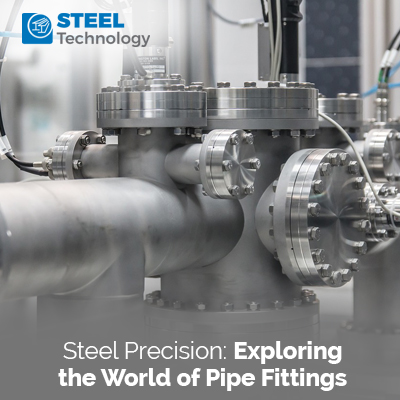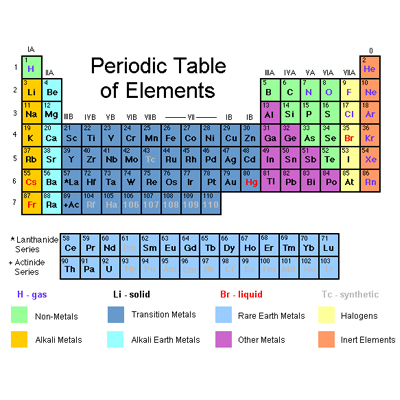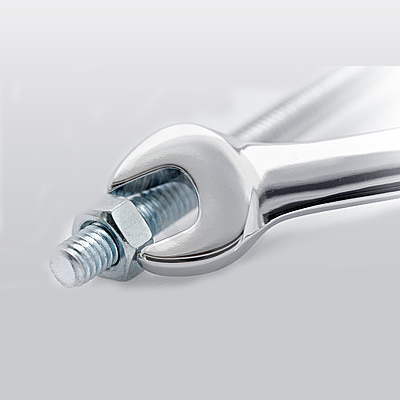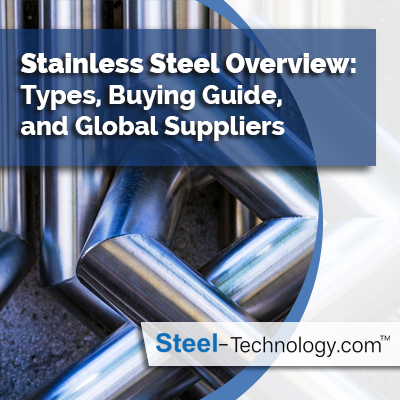Steel Precision: Exploring the World of Pipe Fittings

Steel pipe fittings are indispensable components in numerous industries, providing critical connections for fluid and gas transport, structural support, and system integrity. In this comprehensive guide, we will delve deeper into the world of steel pipe fittings, covering a wide range of topics including types, applications, manufacturing processes, benefits, key considerations, and industry standards.
A) Types of Steel Pipe Fittings
Elbows: Elbows are essential for changing the direction of pipe systems efficiently. They come in various angles, such as 45 degrees and 90 degrees, catering to different piping layouts and requirements. Elbows are crucial in HVAC systems, plumbing, and industrial piping for optimal fluid flow management.
Tees: Tees facilitate branch connections in pipe systems, providing versatility and flexibility in layout design. They are available as equal tees (all openings of the same size) and reducing tees (one opening smaller than the others), catering to diverse installation needs. Tees find applications in pipelines, distribution networks, and structural frameworks.
Reducers: Reducers are essential for connecting pipes of different sizes, ensuring
compatibility and seamless integration within the system. Concentric reducers maintain a straight centerline, while eccentric reducers have offset centerlines to accommodate height or alignment variations. Reducers are commonly used in industries such as oil and gas, chemical processing, and water treatment.
Couplings: Couplings provide tight connections between pipes of the same size and type, preventing leaks and ensuring system integrity. They are crucial in fluid transfer systems, hydraulic machinery, and industrial pipelines. Couplings are available in various designs, including threaded, socket weld, and butt weld configurations.
Unions: Unions offer easy disassembly and reassembly of pipes for maintenance, repairs, or system modifications. They are particularly beneficial in industries where frequent access to pipeline components is required, such as maintenance-intensive environments and complex systems. Unions enhance system flexibility and reduce downtime during maintenance activities.
Flanges: Flanges are robust connections used to join pipes, valves, or equipment, providing strong and leak-resistant joints. They are essential for high-pressure and high-temperature applications, including petrochemical plants, refineries, and power generation facilities.
Flanges come in various types, such as slip-on, weld neck, and socket-weld flanges, each suited to specific installation requirements.
Caps: Caps are used to seal the end of a pipe, preventing fluid or gas leakage and protecting the system from contaminants. They are available in different designs, including flat caps, domed caps, and threaded caps, offering versatility for various applications. Caps are essential in pipeline terminations, pressure vessels, and plumbing systems.
B) Applications of Steel Pipe Fittings
Steel pipe fittings are integral to a wide range of industries and applications:
Construction and Infrastructure: Steel fittings are used in building construction, civil engineering projects, and infrastructure development for plumbing, HVAC systems, structural supports, and drainage networks.
Manufacturing and Industrial Processes: Industries rely on steel fittings for fluid transfer, compressed air systems, machinery assembly, and material handling processes.
Oil and Gas Exploration: The oil and gas sector extensively uses steel fittings for pipelines, refineries, drilling operations, offshore platforms, and petrochemical facilities.
Water and Wastewater Treatment: Steel fittings play a vital role in water treatment plants, sewage systems, and industrial water management, ensuring efficient flow and containment of liquids and gases.
C) Manufacturing Processes for Steel Pipe Fittings
Steel pipe fittings are manufactured through several processes, each offering unique advantages and suitability for specific applications:
Forging: Forged fittings are produced by shaping heated steel using forging dies, resulting in strong, durable components suitable for high-pressure environments. The forging process enhances material strength, grain structure, and mechanical properties, making forged fittings ideal for critical applications.
Machining: Machined fittings are fabricated by cutting, drilling, and shaping steel bars or billets using precision machining techniques. CNC machining ensures accurate dimensions, smooth surfaces, and tight tolerances, meeting stringent quality requirements for industrial applications.
Welding: Welded fittings are created by joining steel plates, pipes, or components through welding processes such as butt welding, socket welding, or fusion welding. Welded fittings are suitable for large-diameter pipelines, structural frameworks, and specialized configurations requiring seamless integration.
Casting: Cast fittings are produced by pouring molten steel into molds, allowing for complex shapes, intricate designs, and high production volumes. Casting processes include investment casting, sand casting, and die casting, offering versatility and cost-effectiveness for diverse fitting requirements.
D) Benefits of Steel Pipe Fittings
Steel pipe fittings offer numerous benefits that contribute to their widespread use and popularity across industries:
Strength and Durability: Steel fittings are renowned for their strength, durability, and resistance to corrosion, abrasion, and environmental factors. They can withstand high pressures, temperatures, and mechanical stresses, ensuring long-term performance and reliability in challenging conditions.
Versatility and Compatibility: Steel fittings are available in a wide range of sizes, shapes, and configurations, providing versatility and compatibility with diverse piping systems, materials, and applications. They can be customized to meet specific design requirements, allowing for seamless integration and optimal system performance.
High Performance: Steel fittings exhibit excellent mechanical properties, including high tensile strength, impact resistance, and fatigue endurance, making them suitable for demanding applications in heavy industries and critical infrastructure.
Corrosion Resistance: Stainless steel fittings offer exceptional corrosion resistance, making them ideal for corrosive environments, chemical processing plants, marine applications, and offshore installations. Corrosion-resistant coatings and surface treatments further enhance the durability and longevity of steel fittings in harsh operating conditions.
Easy Installation and Maintenance: Steel fittings are designed for ease of installation, assembly, and maintenance, reducing downtime, labor costs, and operational disruptions. Modular designs, standardized dimensions, and compatibility with common joining methods simplify the installation process and ensure system integrity.
Environmental Sustainability: Steel fittings are recyclable, energy-efficient, and environmentally friendly, contributing to sustainable practices, green building initiatives, and circular economy principles. Recycled steel and eco-friendly manufacturing processes minimize environmental impact and promote resource conservation in the production of pipe fittings.
E) Key Considerations for Steel Pipe Fittings Selection
When selecting steel pipe fittings for specific applications, several key considerations should be taken into account:
Material Grade and Composition: Choose fittings made from high-quality steel grades, such as carbon steel, stainless steel, alloy steel, or duplex steel, based on the required mechanical properties, corrosion resistance, and environmental conditions. Consider factors such as temperature range, fluid compatibility, pressure ratings, and chemical exposure when determining the suitable material grade for the fittings.
Size, Dimensions, and Specifications: Ensure that the fittings match the pipe size, wall thickness, and specifications.
Conclusion
Steel precision in pipe fittings is essential for ensuring efficient fluid or gas handling, structural integrity, and system performance. By understanding the types, applications, manufacturing processes, benefits, and key considerations of steel pipe fittings, industries can make informed decisions to enhance their infrastructure, operations, and safety standards. Steel fittings, known for their reliability and versatility, continue to be indispensable components in modern industrial and commercial systems.










